Woman in Gold
 for some thematic elements and brief strong language.
for some thematic elements and brief strong language.
Reviewed by: Hannah NeCamp
CONTRIBUTOR
| Moral Rating: | Average |
| Moviemaking Quality: |
|
| Primary Audience: | Adults |
| Genre: | Biography Drama |
| Length: | 1 hr. 49 min. |
| Year of Release: | 2015 |
| USA Release: |
April 3, 2015 (258 theaters) April 10, 2015 (1,504 theaters) DVD: July 7, 2015 |
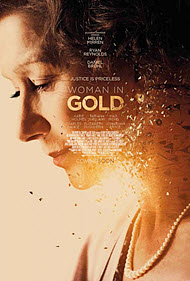

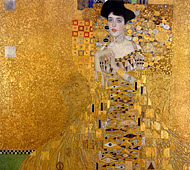
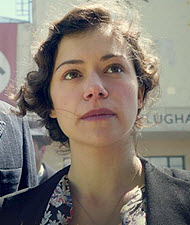
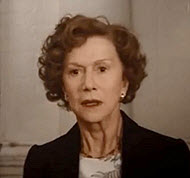

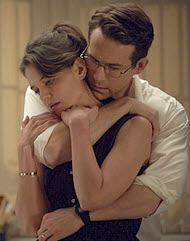
importance of making restitution for wrongs committed
terrible treatment of Jews by the Nazis during the Anschluss and in WWII
the Holocaust of World War II
the late Maria Altmann
Gustav Klimt's Portrait of Adele Bloch-Bauer I
Republic of Austria v. Altmann (2004)
Documentary films in which Maria Altmann's story is discussed:
• “The Rape of Europa” (2006)
• “Stealing Klimt” (2007)
• “Adele's Wish” (2008)
| Featuring |
|---|
|
Helen Mirren … Maria Altmann Ryan Reynolds … Randol Schoenberg Frances Fisher … Mrs. Schoenberg, Randol’s mother Katie Holmes … Pam Tatiana Maslany … Young Maria Altmann Max Irons … Fredrick “Fritz” Altmann Daniel Brühl … Hubertus Czernin Elizabeth McGovern Charles Dance … Sherman Antje Traue See all » |
| Director |
| Simon Curtis — “My Week with Marilyn” (2011) |
| Producer |
|
Origin Pictures 2nd District Filmproduktion BBC Films |
| Distributor |
“Justice is priceless.”
“People forget, you see, especially the young. And then of course, there’s justice.”
“Woman in Gold” is the beautiful, true story of Maria Altmann (Helen Mirren) and her family. Born to a wealthy Jewish family in Vienna, Maria and her husband barely escaped the Nazis in the days before Hitler implemented his Final Solution. But she left behind her beloved parents, even though she left with their blessing. But their parting was a moment that Maria couldn’t leave behind.
Now, in 1998, the past pays a poignant visit. When her sister passes away, she finds in Luisa’s effects a reminder of a family treasure: a portrait of her beloved Aunt Adele by the master Gustav Klimt, commissioned by Adele’s husband. Stolen from their home by the Nazis, now hanging in the prestigious Belvedere Museum in Vienna and renamed The Woman in Gold, it is held as Austria’s Mona Lisa. When Maria tells a friend of her interest in reclaiming the painting, the friend mentions her son, a once-promising, young attorney lately starting over after the failure of his own firm. When Maria meets Randy Schoenberg, himself descended from a prominent Jewish family of pre-war Vienna, she decides that he is the man to help her.
Randy, played by Ryan Reynolds, is convinced to take on the mission after doing some private research: the painting has an estimated value of over one hundred million dollars. Their battle eventually takes them to the United States Supreme Court and beyond. Their journey takes them—and us—to places far greater.
There is so much good in this movie that it is hard to put it into relatively few words. Maria wishes to reclaim the painting, not for the money, not for the fame, but rather because of the memory of an aunt who was very dear to her. She talked to little Maria about life; she exhorted her niece to not be timid: “Your only enemy is fear.” I think it is the memory of this that helps Maria go back to Austria to retrieve the painting, even though she had determined to never return. The simple act of remembering all that was lost, all that was taken from her, all of the suffering… it was more than she wanted to face.
We all come from someone, something of history. We owe it to those who have gone before us to remember. We owe them the remembrance of not only the good, but also the evil. The Holocaust is not something trivial, a point in history from which we measure time. The Holocaust happened because evil men were allowed to do unspeakable evil unhindered. Edmund Burke says it well when he reminds us, “The only thing necessary for the triumph of evil is for good men to do nothing.” And there was too much nothing done by too many people. The Holocaust happened to real people with real families whom they loved… people like Maria.
The transformation in Randy is heartwarming. A young man driven by a need for success and achievements and money is broken when he visits the Holocaust Memorial in Austria with Maria. When he touches the name “Treblinka,” the death camp where his great-grandparents were murdered, Randy is forever changed. He is no longer in this case for the money; it has become a personal and a moral mandate, something close to an obsession. It is sweet to see the support of his wife: “Randy you have to do this. You are doing the right thing.” The story and the mission changed people: Randy… his wife… Maria… and more.
Maria and Randy find an unexpected ally when they arrive in Vienna for Round One. A young man named Hubertus Czernin attaches himself to the two and to their cause because of a “certain kind of patriotism.” Near the end of the film we learn that Hubertus’ patriotism has roots much deeper than a desire to improve Austria’s image.
The growth in the characters is a wonderful part of the movie, but the virtues and values portrayed in it take it to a deeper place, even to a precious place. You don’t need further explanation if you watch the movie yourself. And this is what makes the movie compelling, truly it does.
There is a certain amount of violence and much more of the fearful expectation of terrible things to come. We know all too well why the Jews were running from Nazi soldiers—and this, too, is something that we simply cannot forget. It is not a movie for little ones. The language that I could hear is as follows: sh*t (1), d*mn (1), G*d d*mn (1), for G*d’s sakes (1), OMG (1), and f***ing (1). At one point in the movie Randy asks Maria how he looks, and she replies, “Sexy and victorious. How about me?”, and he replies the same. There are scenes where Randy and his wife are talking together in bed, but there is nothing inappropriate.
“Woman in Gold” is a beautiful story, one worth watching. If you can appreciate fine art, beautiful music, and history, you should see this movie. The acting is tremendous. Helen Mirren shows us again why she is counted among the best of the best. Ryan Reynolds does an excellent job, only perhaps suffering in comparison to Ms. Mirren. Many of the film’s locations are absolutely beautiful. The rhythm and pace of the movie, alternating between the present day and Maria’s past, is smooth and effective. The story will make you laugh and cry.
But even more, “Woman in Gold” is a good story, that is to say, a story about things that are good and true and lovely, things that are precious, things that we need to remember, things that we and our children must remember. This is a movie that needed to be made and truly needs to be watched. We can never be reminded too often of some things.
Watch this movie. Take your teen-aged children to watch this movie—not because it is entertaining, but because it is good, very good. And when you see it, do yourself (and me) a favor: “Remember.”
Violence: Mild / Profanity: Moderate to heavy (but brief) / Sex/Nudity: Mild—a little cleavage and a touch
See list of Relevant Issues—questions-and-answers.


Moral rating: Good / Moviemaking quality: 3½
The movie is an excellent reminder of another aspect of the Holocaust that is far too often forgotten. As soon as “Woman in Gold” comes out in video, my wife and I will be buying it to add to our collection.
Moral rating: Excellent! / Moviemaking quality: 4
Academy Award winner Helen Mirren does it again with this worthy of an Oscar performance as best actress again for playing, Maria Altmann, a Jewish refugee who is forced to flee Vienna during World War II. Tatiana Maslany playing the young Maria Altmann was outstanding and should be named for best supporting actress.
The screenplay was excellent, which should be nominated also for an award. Maria has taken on a mission to reclaim a painting the Nazis stole from her family taking on all the juggernauts courts of two Countries. There was one F-word and one S-word in the movie.
Moral rating: Average / Moviemaking quality: 5
However, there is some unforgiveness in the film, and I don’t know if Maria ever forgave her suspects, although we need to trust God she did, and there is a little cursing. However, the good in the film outweighs the bad. Do one thing for me everybody: remember.
Moral rating: Better than Average / Moviemaking quality: 3
…everyone should see and think about this film.
Moral rating: Excellent! / Moviemaking quality: 5
PLEASE share your observations and insights to be posted here.
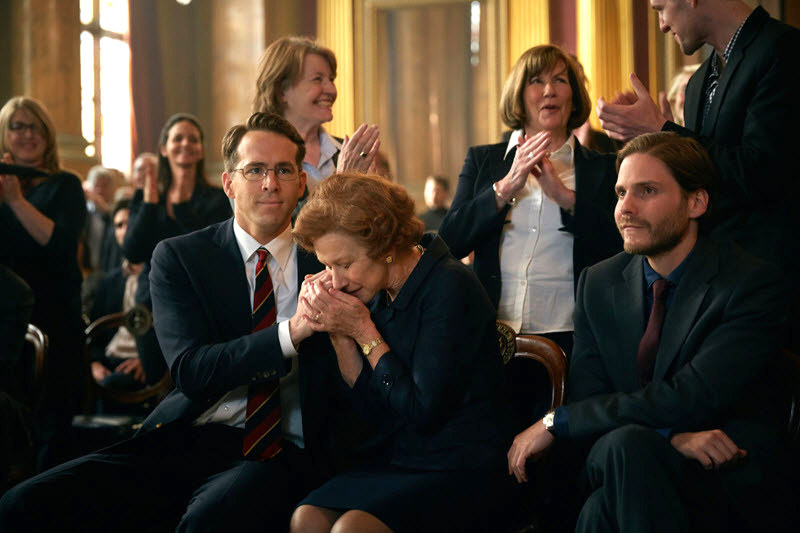

My Ratings: Moral rating: Excellent! / Moviemaking quality: 5